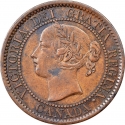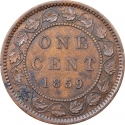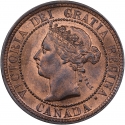You are about to finish your registration. Please check your mailbox (including spam folder). There should be a letter with a confirmation link. Check setting to make sure that your e-mail address is correct.
Send letter againDescription
This coin has some varieties known as 'Shoulder fold' (SF) and 'No shoulder fold' (NSF). This was due to weak relief on dies, and accidental reuse of the old dies. These varieties can be found in the years 1953, 1954 and 1955, with the 1955 NSF being the rarity. Since it is difficult to differentiate SF from NSF, it is helpful to look at the "I" in "DEI". If it points directly to a denticle, it is the SF obverse. If pointing in between two denticles, it is the NSF obverse.
Elizabeth II (Elizabeth Alexandra Mary; 1926–2022) was Queen of the United Kingdom and of 14 other Commonwealth realms. Her reign of 70 years and seven months, which began on 6 February 1952, was the longest of any British monarch in history.
When her father died in February 1952, Elizabeth—then 25 years old—became queen regnant of seven independent Commonwealth countries: the United Kingdom, Canada, Australia, New Zealand, South Africa, Pakistan, and Ceylon (Sri Lanka), as well as Head of the Commonwealth. Elizabeth reigned as a constitutional monarch through major political changes such as the Troubles in Northern Ireland, devolution in the United Kingdom, the decolonisation of Africa, and the United Kingdom's accession to the European Communities and withdrawal from the European Union. The number of her realms varied over time as territories have gained independence and some realms have become republics.
Times of personal significance have included the births and marriages of her children, grandchildren, and great grandchildren, her coronation in 1953 and the celebrations of her Silver, Golden, Diamond, and Platinum jubilees in 1977, 2002, 2012, and 2022, respectively.
Obverse

|
First portrait of HM Queen Elizabeth II (laureate bust) facing right, wearing a wreath. It was introduced in 1953, one year after the Queen acceded to the throne. It captures the grace and youth of the 26-year-old new Queen. Her hair is restrained by a laureate crown which is tied with ribbons at the back of her head. The Queen's shoulders are bare and the truncation follows the curve of the coin. ELIZABETH II DEI GRATIA REGINA |
|---|---|
Reverse

|
A maple leaf twig is surrounded by the facial value, date and the inscription CANADA. 1 CENT |
| Edge |







